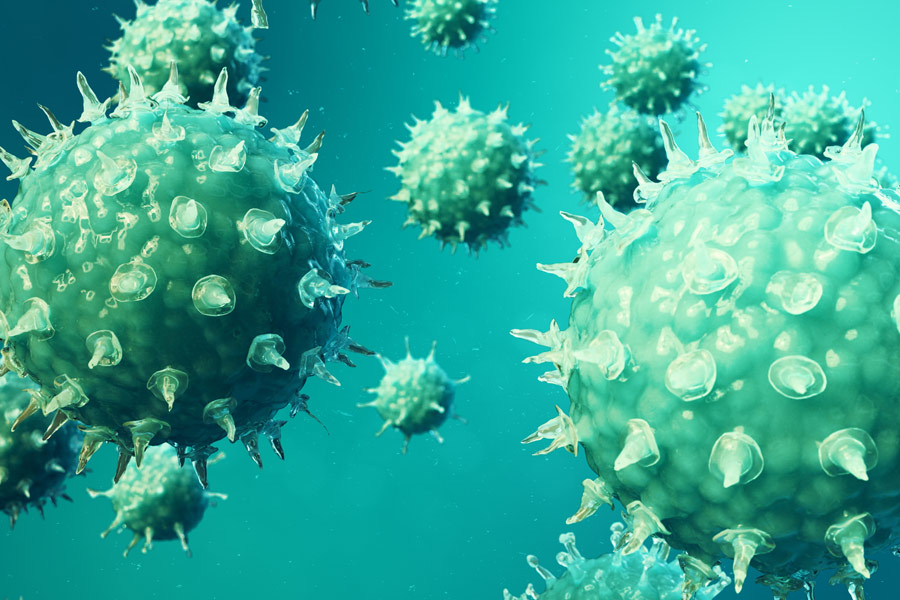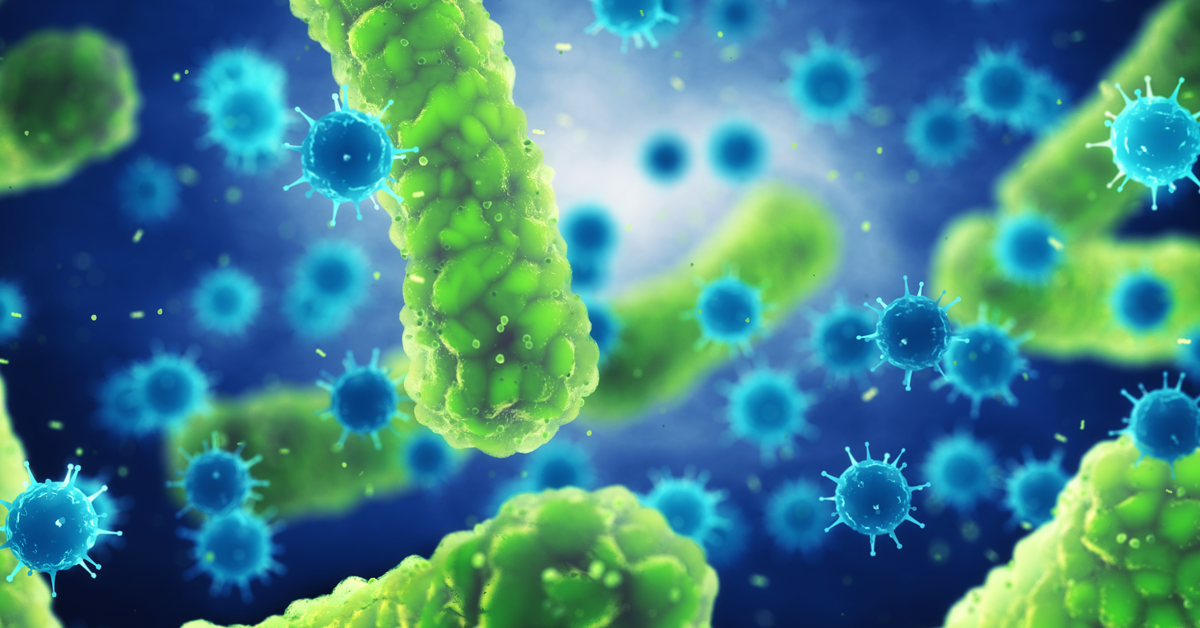
What is the Difference Between Infectious and Contagious diseases?
Infectious and contagious diseases are the reason for most of the health conditions in humans nowadays. The terms contagious and infectious are used interchangeably in news coverage and on social media for COVID-19 infections during the coronavirus pandemic, but understanding the distinction will save lives in some situations. Not all infectious diseases are contagious, and not all contagious diseases are infectious. Let’s look at how infectious and contagious diseases different.
Infectious diseases
Infectious diseases are caused by microbes (bacteria or viruses) that enter the body and cause problems. Infectious diseases spread directly from one person to another in certain cases, but not all. Contagious diseases are infectious diseases that spread from person to person. Some diseases are transmitted to humans by an animal or insect, but they are not contagious among humans. For example, you can’t get Lyme disease from someone you’re hanging out with or someone you pass on the street. It is transmitted by the bite of an infected tick.
Contagious Diseases
Contagious diseases (such as the flu, colds, and strep throat) can spread in a variety of ways. One approach is to have direct physical contact with someone who has the infection, such as touching or kissing them. When an infectious microbe spreads through the air after someone nearby sneezes or coughs, another example is when it travels through the air. People may contract infectious diseases by touching or using something that has been touched or used by an infected individual, such as sharing a straw with someone who has mono or walking into the shower after someone who has an athlete’s foot. And STDs can be transmitted by any form of sex, whether it’s oral, genital, or vaginal.
It is important to use correct scientific terms while addressing these diseases on public global health platforms to make people better understand the prevention strategies.










